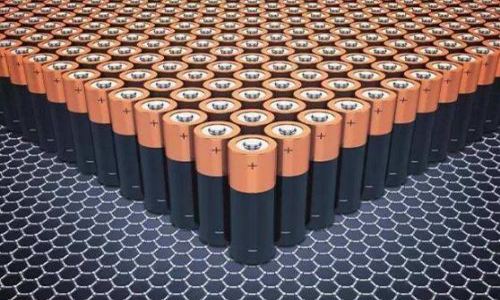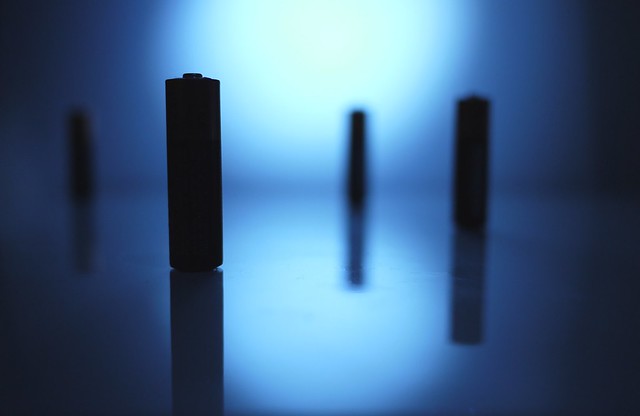Li Ion Battery mAh Rating-Meaning and Rating
Feb 24, 2020 Pageview:3390
Typically, in order to obtain the mAh value of a battery or cell, there is a complete discharge of a fully charged 1A (amp) or 500 mA (milliamp) battery. The discharge current usually varies depending on the manufacturer and the battery size.
The reason for this is because it is believed that, the faster a battery is drained, the less capacity it seems to have. Therefore, a normal 18650 lithium battery may be rated 3.2 Ah (ampere-hour) or 3200 mAh (milliampere-hours) when it is drained at 500 mA, but then only have 2700 mAh when the battery is drained at 1A or 1000 mA.
What does mAh rating mean on a Li-ion battery?
The mAh rating of a battery indicates the capacity of the cell or battery. Theoretically, a 3000 mAh or 3Ah cell may completely discharge in about 1 hour if drained at 3A, or it can discharge completely in 3 hours if drained at 1A. Again, it could also be completely discharged at 500 mA for within 6 hours and so on.
As already mentioned, a mAh rating is only given to guess the capacity, since different discharge currents bring about various measured capacities.
You can also completely drain the battery at 6A for about 30 minutes or more, but doing so can get the battery to its safe usage operating limits. This upper current limit is known as the "C" rating, where "C" refers to the capacity. A nominal power of 1C on a 3200 mAh battery means that the battery can be completely but safely drained up to a maximum of 3.2A. A nominal rating of 2C for the same battery means that the battery can be completely drained safely at 6.4A. As already mentioned, this will theoretically last half as long, and practically, less than that.
A battery with a higher number simply means the battery can hold up more energy and therefore has greater capacity. This of course, also means a longer battery power for the application for which the battery is being used.
This rating can give a clue and idea of the potential durability of the battery and how long the device will last at a constant power consumption rate.
How are Li-ion batteries rated?
The most common rating for batteries is the AMP-HOUR rating. It is a measure of the battery capacity, which is obtained by the multiplication of the time (in hours of discharge) and the current flow (in amperes). For instance, a battery that supplies 5 amps for 20 hours will supply 5amps X 20hours or 100 amps-hours.
Various battery manufacturer has their different discharge times used to obtain the different amp-hr ratings for batteries of the same capacity. Therefore, an Amp-Hr. rating is of little importance unless it is calculated according to the number of hours during which the battery is discharged. So, because of this, ampere-hour rating values ??are only a method generally used for knowledge sake in terms of knowing the capacity of a battery, for the sake of selection. It doesn’t necessarily tell of the battery’s ability to serve.
The quality of the internal components of the battery, as well as the technical construction of the battery, is sure to create several desired properties without affecting the battery’s amps-hour rating.
For example, several 150 amp-hour batteries cannot support working overnight, and when they are forced to do so, they will get worn out and die, early. On the other hand, some other 150 amp-hour batteries will serve you over the night (and even for some days) and will do so for several years.
In other to simplify battery selection, there are other factors you may have to look into if you must properly select a battery for a specific application; reserve capacity, cold-cranking, as well as amperage. These are some of the ratings used in the industry to simplify the selection of batteries.
How many mAh does an 18650 battery have?
Although the size of 18650 batteries is fixed, the diameter is represented by the initial "18" and the "65" represents the height while the "0" is used to denote the cylindrical shape of the batteries -it is still a discussion how much mAh 18650 batteries can reach.
Therefore, this has been a topic among many experts around the world. There has been an improvement in the technology of various manufacturers. Especially those in China. And there have been continuous research and various experimental developments been carried out to further improve the batteries. Consequently, the capacity of 18650 batteries has also slowly improved over the years. Currently, in the laboratory, there has been a breakthrough in producing 18650 batteries with a capacity that is greater than 3500 mAh. But then, there is an issue of stability consistency which isn’t at its best yet, especially considering that these batteries are not able to be made through mass production yet. And they need to be made through mass production for them to be affordable.
Consequently, do not believe anyone who tells you they have a 18650 battery that is up to 4000mAh (at this time), know you are being deceived -or you’re about to get a battery with less capacity, and then pay more for it. Currently, the large capacity 18650 lithium battery you can get on the market in bulk is rated at about 2950 mAh. Batteries of this capacity are also said to be rated 3000mAh. Presently, batteries between the range of 2200mAh and 2600 mAh are relatively stable and they have better technical aspects.
Battery packs must be customized so they can suit the different applications they will be used in and the different environments they are to be used.
In other to choose a battery for your application, you must consider the stability, consistency, safety and the maker of the battery you are going to choose. You should also consider the battery pairing if you are to pair multiple products. It is always advised to use batteries of the same manufacturer, but if you are to combine batteries from different makers, you have to ensure both batteries match in all aspects like; voltage, same capacity, same internal resistance, and other specifications.
Leave Message
Hottest Categories
-
Hottest Industry News
-
Latest Industry News












